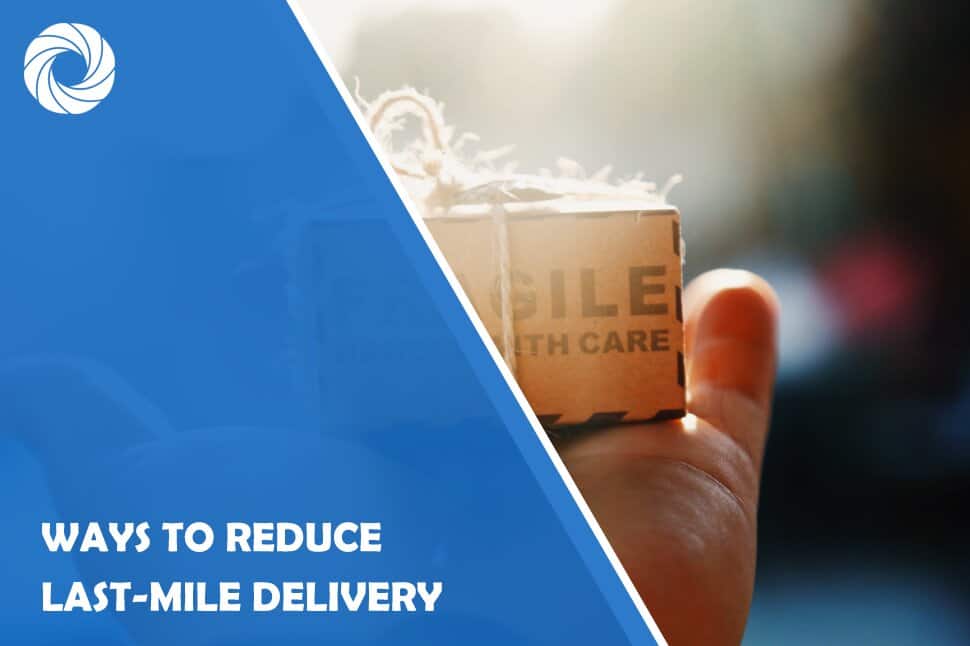The upward push of online retail has made last-mile delivery a crucial part of supply chains. Last-mile delivery is the transportation of products from the final stage in the manufacturing process to the final consumer.
Many channels of retail have been displaying an upward trend in demand. With this demand comes requests for top-of-the-line service. And what is more top of the line than last-mile delivery? Especially when it is possible to do it as same-day delivery.
You should also increase sales on your online store to get even more orders. To reach that, invest in high-quality hosting services, such as WPMU DEV Hosting.
What we love about WPMU DEV Hosting most is it’s packed with unique and powerful hosting features you won’t find anywhere else (like 7 built-in pro WP plugins). See for yourself and get 20% off any of their hosting plans here.
Major Cost Components
As more online shoppers make buying decisions based on the availability of strong last-mile delivery services, accuracy has never been more critical.
This shows that businesses need to adapt and offer these kinds of services. The one downside to robust last-mile delivery services is the cost. Depending on your delivery partner, their skills, resources, and people might make their price out of budget for smaller businesses.
We can divide last-mile delivery expenses can into seven sections:
1. Field Regiment
Last-mile delivery can frequently become unpredictable. The amount of orders directly depends on customer order volume. Some days, deliveries are few and far between, while on others, demands are constant.
To ensure that the organization can withstand fluctuations, it must be designed with efficiency and cost savings in mind. Businesses must find techniques, strategies, resources, and vendors who can help reduce costs to ensure that the company is sustainable and profitable.
2. Line Costs
To ensure that last mile deliveries benefit on time, organizations often need to go with the float earlier with LTL shipments, which below-lease the capability of your automobile.
When trucks are full of products, it can ensure extra efficiency. Expressly, it guarantees your fuel and mileage prices are optimized. But this remains a mission given the irregular forms of those orders and shorter transport domestic home windows demanded from customers.
3. Location Distribute
Figuring out where the packages are going is often the most challenging part of last-mile delivery. Why? Because last-mile delivery can come from anywhere in a given geography. It may be from city centers to rural outskirts. It is essential to know that last-mile delivery only works with volume, which is hard to get in the outskirts of towns.
The way to ensure the price profitability in last-mile deliveries over extended distances is to bundle appropriately. Find extra vendors who often deliver to the outskirts to ensure your truck is fuller. While this is not as profitable as only delivering in urban settings, it can help mitigate loss in rural settings.
4. Making Customers Happy
It is essential not to forget about the customer in last-mile delivery. Be it transport or pick up, the end consumer expects their parcels to arrive instantly and at no cost to them. Providing excellent and efficient service to consumers should be the utmost priority to businesses.
Moreover, what if the customer does not like the product they ordered? What if there was a sale right after they purchased, and now they want the better price? It should not be a surprise when customers wish to exchange or return their products. Also, it is not rare to put these charges on the consumer, so it may be wise for the business to consider them in the last mile prices.
5. Smart Warehousing
Conventionally, the position of warehouses used to be in the outskirts of the actual delivery area. This style is now converting to hyperlocal and on-call for instant deliveries growing in demand.
An excellent way to preserve carrier expenses is to lessen the distance a parcel covers. A warehouse in the middle of the town centers makes it easy to journey to the consumer and meet the shorter delivery time window.
Likewise, suppose the proportion of deliveries is more from suburban areas. In that case, it'd be in the business's best interest to build a warehouse near there, and if building a new warehouse isn't an option, you can always find something like Modula storage solutions that can help you with every aspect of warehousing you might need.
6. Route Optimization
Making your transport routes green is another way to optimize your last-mile delivery prices. Without a route optimization program, you'll be stuck planning out your routes on Google Maps or risk having inefficient routes.
This type of routing software will choose the best kind of routes considering variable elements. Specifically, it considers line traffic congestion, ETAs, and sudden climate conditions. Automated beat plans moreover assist mitigate your expenditure on gasoline costs and maintain time wasted on re-routing.
7. Better Delivery Fulfillment
More than one fulfillment location allows for rapid deliveries at a discounted rate. Setting warehouses in busy places and dense regions have emerged as best practice.
However, at the element of flexible shipping options, this needs to make the last mile accessible. Customers need to have the capability to select a transport time so that they feel in control of the experience.
Suppose the product isn't always favored on precedence. In that case, consider giving away a freebie like a cashback or a coupon.
